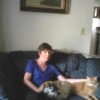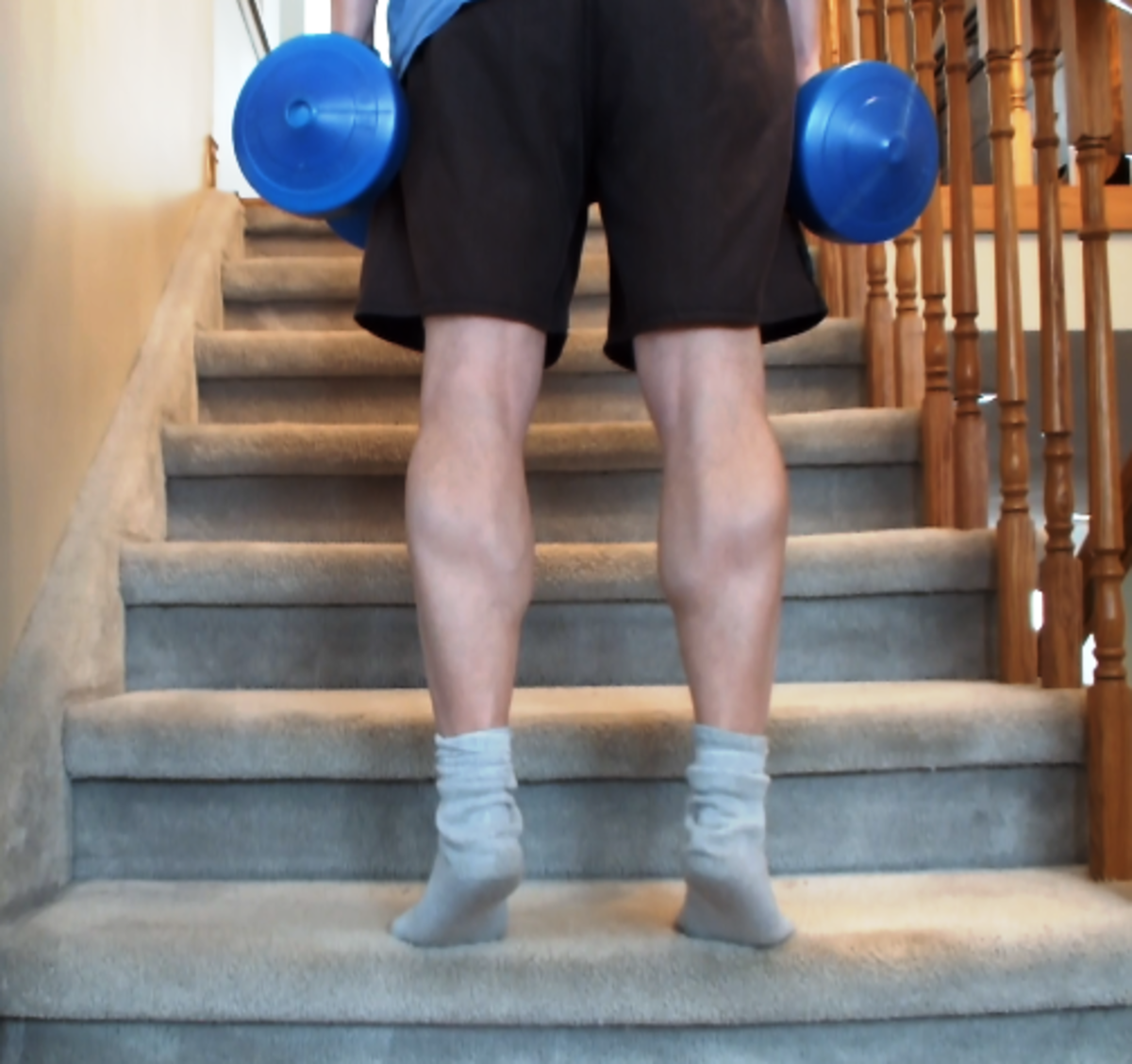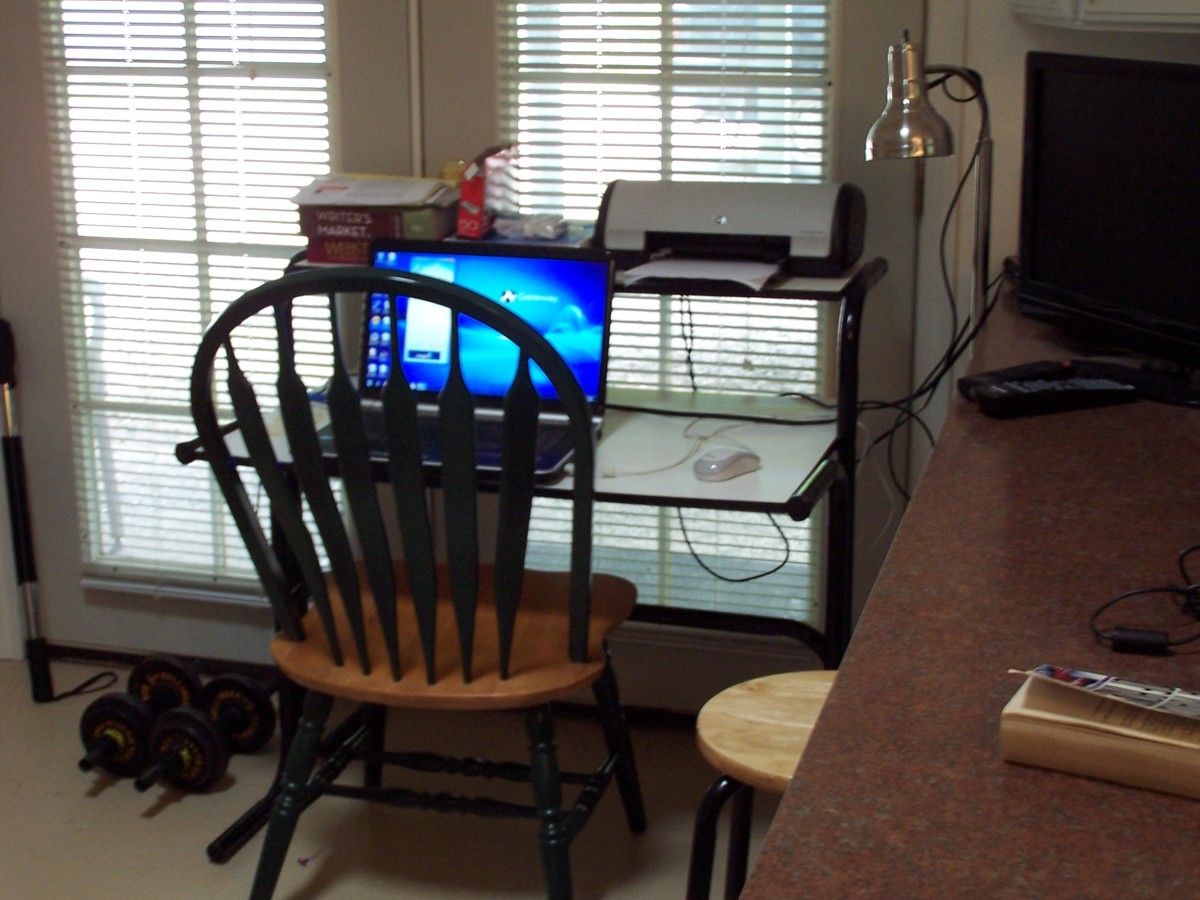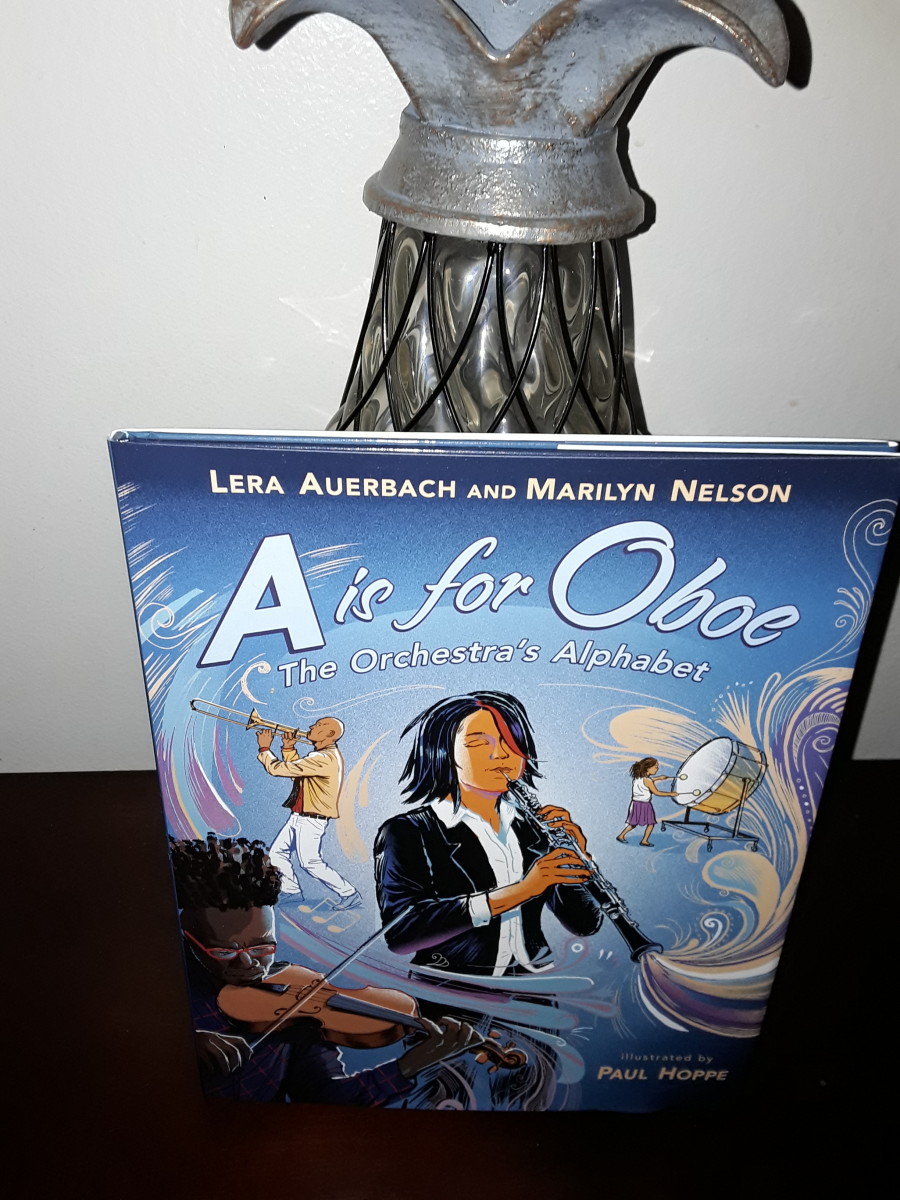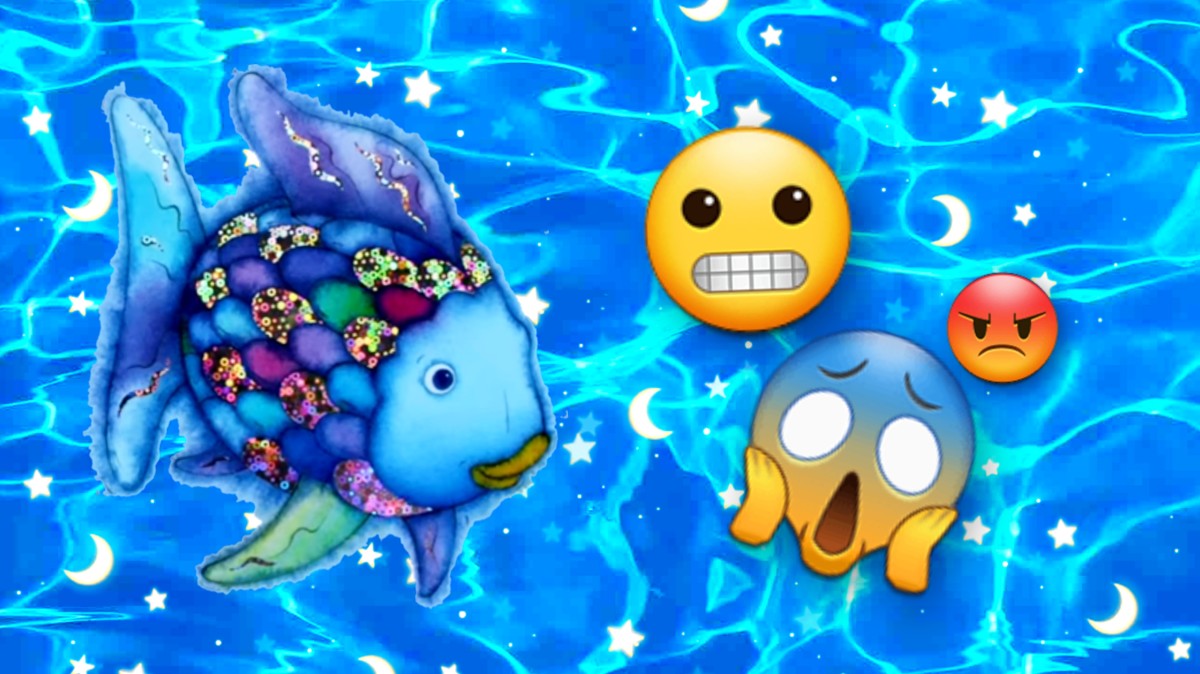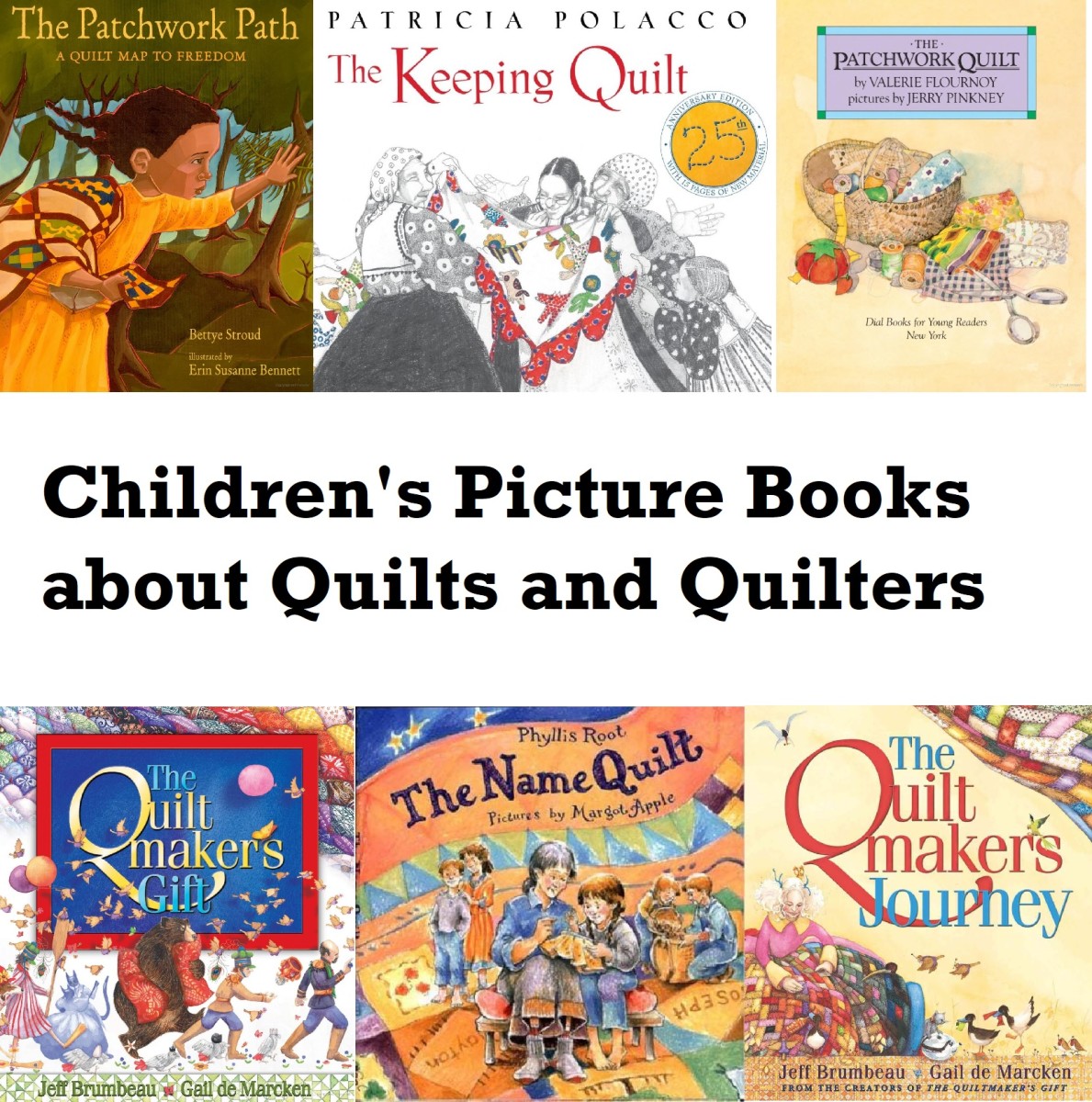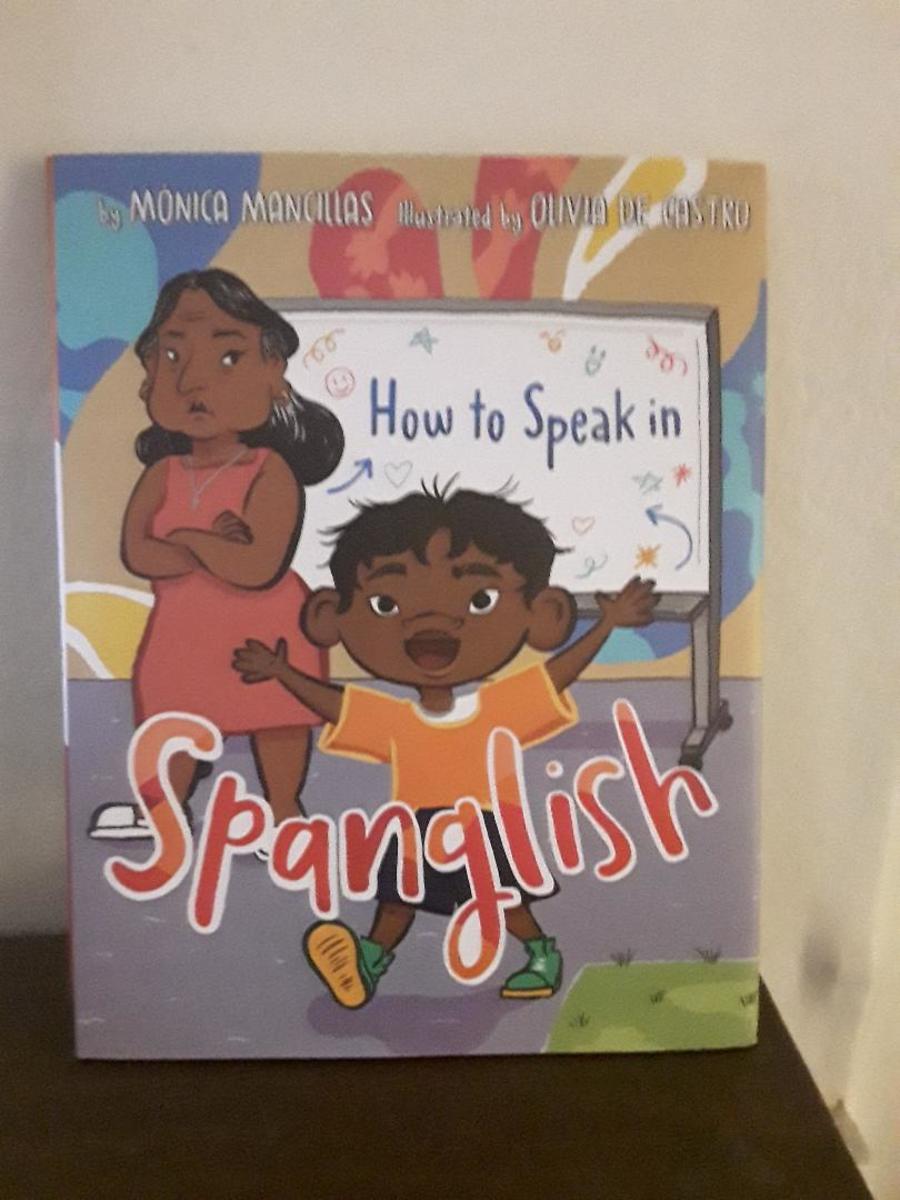- HubPages»
- Books, Literature, and Writing»
- Books & Novels»
- Children's Books
Vocabulary Lesson With Opposites Can Be Taught With These Two Characters in This Creative Picture Book
Opposites with Word Play in a Fun Read Aloud
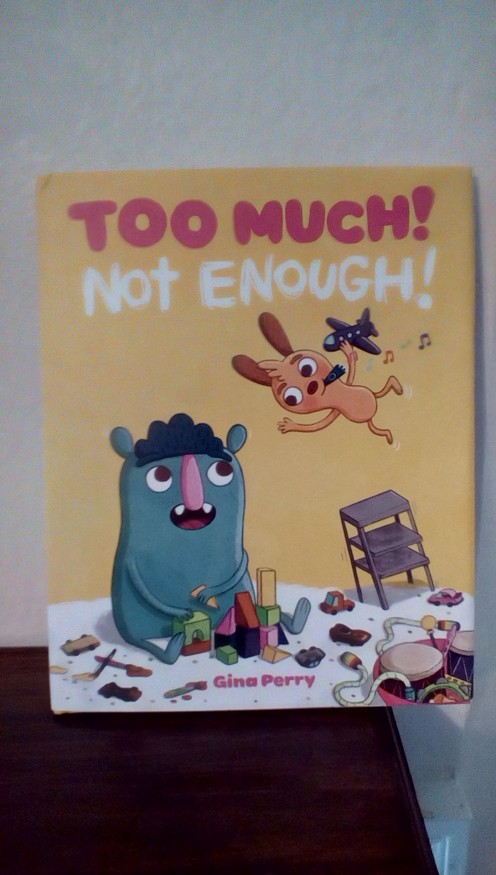
Messy, Neat, Quiet, Noisy, Too Much, Not Enough
Learning the concept of opposite words is part of the reading and language arts curriculum for young children. Gina Perry's Too Much! Not Enough! is a fun read aloud picture book full of opposite words and illustrations that portray the meaning of opposite words. Moe and Peanut are adorable characters that find themselves in amusing situations that demonstrate a concept of a given opposite pair of words. Peanut doesn't mind messy things but Moe likes things to be neat. Their adventures can also be used to teach the concept of things that go together in either a "too much, not enough" pairing of words. Cars go with speed, paint can go with glitter, and muffins can go with juice. Moe and Peanut offer their opinions with "too much, not enough" of each pairing of words. Both Moe and Peanut must learn to accept the differences that each has in order to remain best friends. Young readers will enjoy the back-and-forth exchange of "too much, not enough" throughout the story.
Each page is filled with large and colorful illustrations that will appeal to young readers. Perry writes with short, concise sentences. Young readers will be delighted with this fun read aloud that has language and vocabulary lessons built into the story.
Too Much! Not Enough! was published by Tundra Books, a division of Penguin/Random House. It is recommended for ages 3-7 and has an ISBN of 9781101919507.
Large and Colorful Illustrations Add to the Book's Appeal
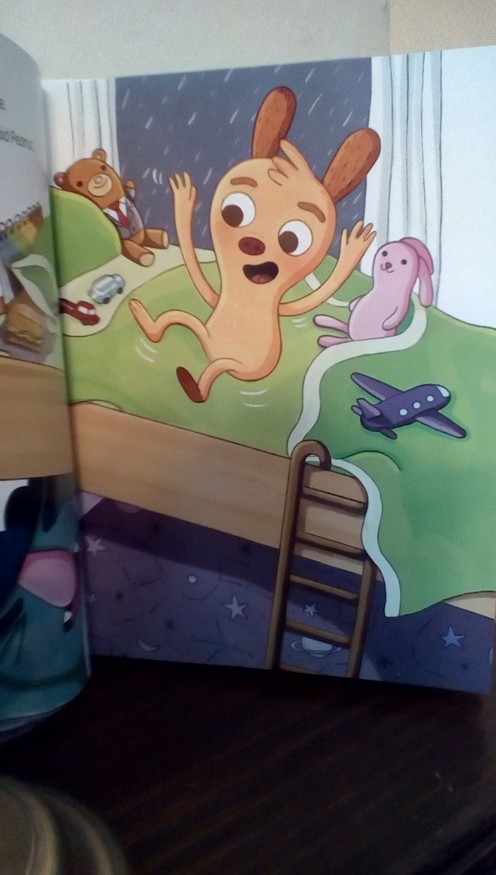
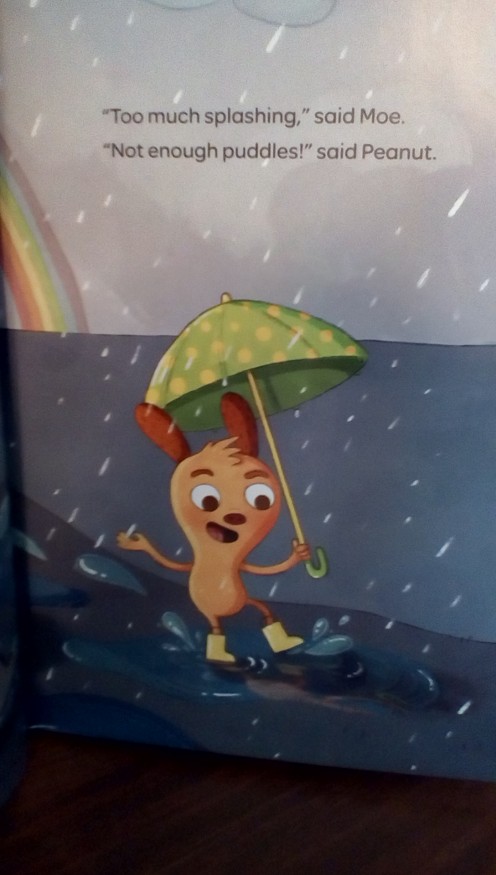
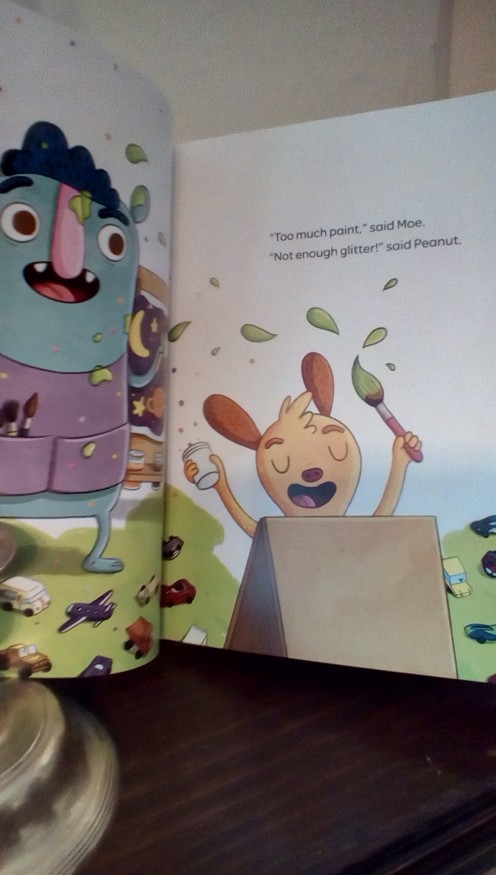
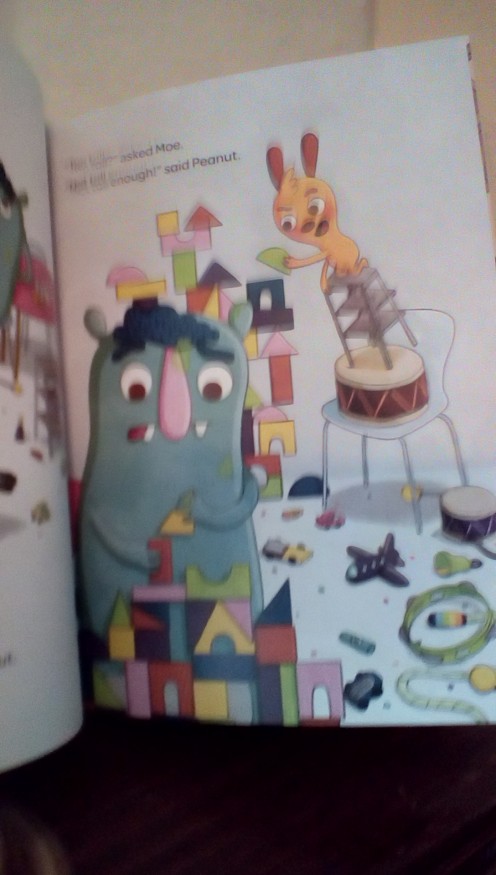
Fun Vocabulary and Language Lessons from Moe and Peanut
Lanugage arts was one of my passions when I taught in early childhood classrooms. I always used picture books to introduce a concept that I would be teaching and Gina Perry's Too Much! Not Enough! is a fun read aloud with many opportunities for learning important language concepts.
*Read Too Much! Not Enough! in a group story time session. Call attention to the opposites that are part of Moe's and Peanut's adventures. Allow children to be involved with all of the illustrations that portray opposites and too much of something and not enough of another.
*Have small objects available for children to arrange into the concept of "too much, not enough". Objects can be placed in groups that represent these two concepts. Use colorful yarn to form two circles for the objects to be arranged. This concept also useful as a hands-on math lesson in addition to the language lesson.
*Have small objects available to represent opposite words. Example: Black crayon-white crayon. Get creative with collecting small objects that represent opposites.
*The concept of things that go together is also presented in the book. Moe likes cars and cars go with speed. Peanut thinks that there is not enough speed and Moe thinks that there are too many cars. Have a collection of small objects that go together. Small objects can be found in teacher-supply stores, sometimes in packages that are already paired for teaching opposites and things that go together.
*Dramatic play to demonstrate concepts of opposites can be incorporated into lessons after reading Too Much! Not Enough!. Children can have fun demonstrating some of the adventures that Moe and Peanut are having. Bubbles are part of the fun that can be had.
*Moe and Peanuts are best friends. They do have their differences and must learn to accept each other and their differences if they are to remain best friends. Make a class chart of students' best friends and make pairs of these best friends. Brainstorm with students about likes and dislikes that each friend has. How are best friends different and how are they alike? This discussion might carry over to ideas for getting along in the classroom and at school. How can best friends get along when they have differences?
Picture Books and Language Skills
What language skills go with picture books?
© 2018 Cindy Hewitt
